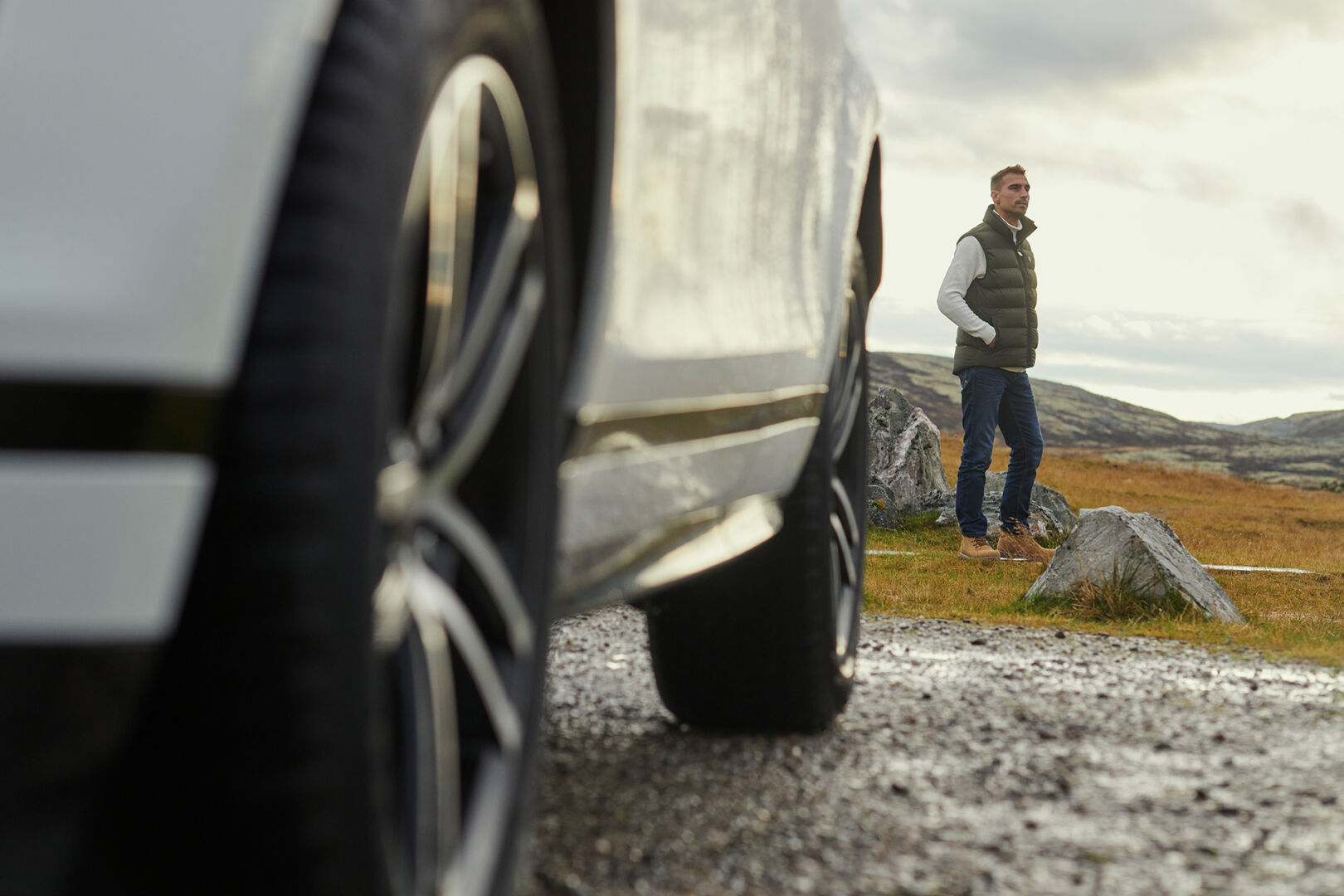Lower rolling resistance - less fuel, less emissions
Rolling resistance refers to the energy lost when the tire moves as you drive. The lower the rolling resistance, the less energy is lost and less fuel needed. Better fuel efficiency has a positive effect on the environment and on the driver’s carbon footprint, as there are less CO2 emissions. For electric cars lower rolling resistance means longer driving range.
Our goal for developing the rolling resistance of our tires is that by 2028, we aim to have at least 60 tires in the best rolling resistance A class of the EU Tyre Labeling system.

Tires' most significant environmental impact: fuel consumption during driving
Carbon dioxide is the most significant greenhouse gas generated by traffic, and fuel consumption during driving is the single most significant environmental impact over a tire’s service life.
A class A rolling resistance summer tire with correct tire pressure can save up to 0.5 liters of fuel per 100 kilometers compared to the lowest performing tires. The difference is significant for a car owner – and not just environmentally.
Around 90 percent of our tires are in the best rolling resistance categories A, B or C. We have reduced the rolling resistance by improving tire constructions and compounds, among other things.
Approximately 90 percent of a Nokian Tyres tire’s carbon footprint is created during its use. In the end, the driver has all the power to make a positive impact: a wise choice of tires, the right tire pressure, and a careful driving style significantly reduce the CO2 emissions from driving.